Guest post by Jo Ellen Meyers Sharp
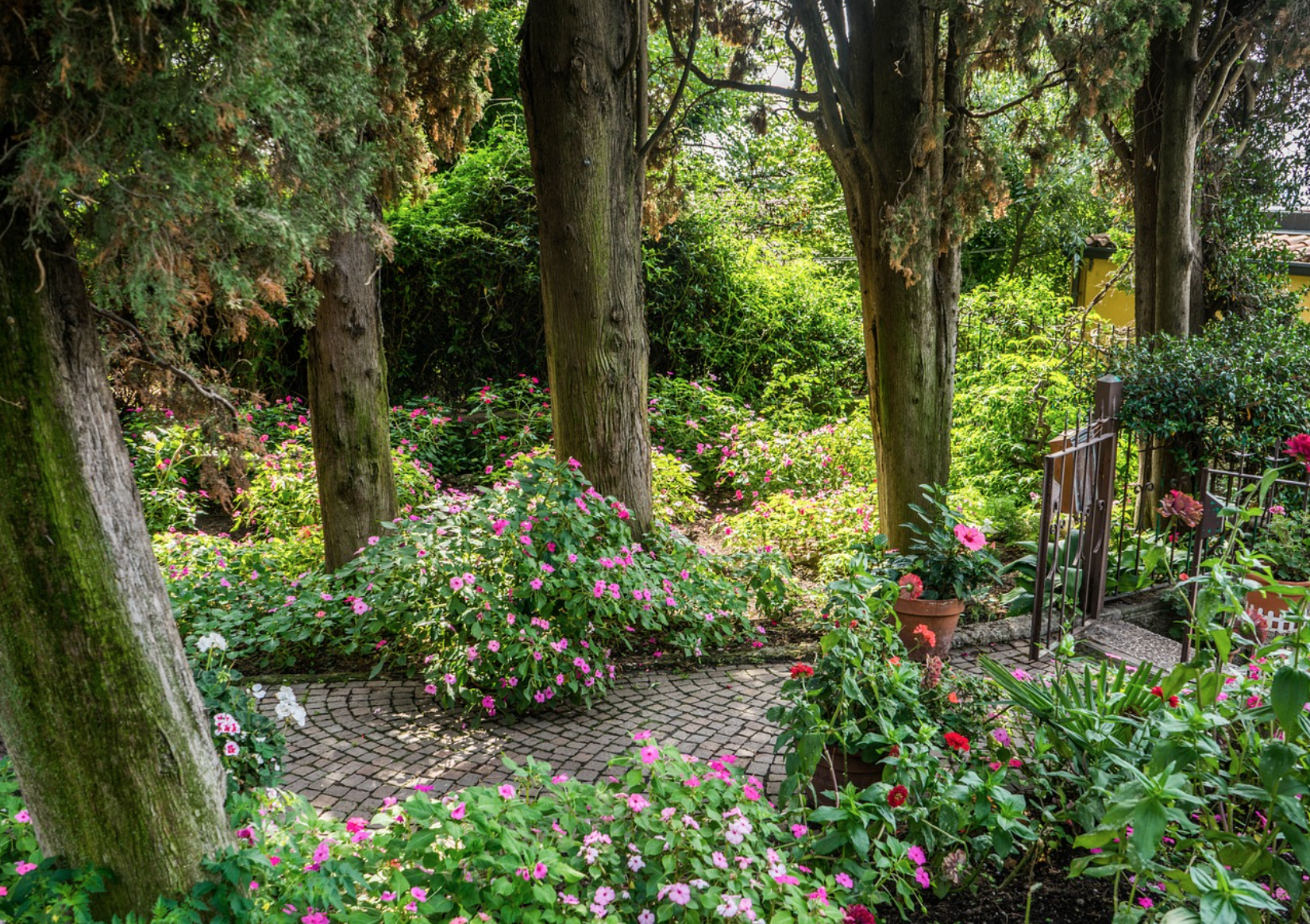
One of the oldest forms of gardening was done in forests. For hundreds of years, Indigenous peoples around the world have planted food forests of all kinds to cultivate and forage beneficial plants. Today, these managed plots can be thought of as seven-layer salads in our backyards. Each tier is distinct, yet supports the whole.
The following is your guide to planting the seven layers of your forest garden:
Layer 1: The canopy
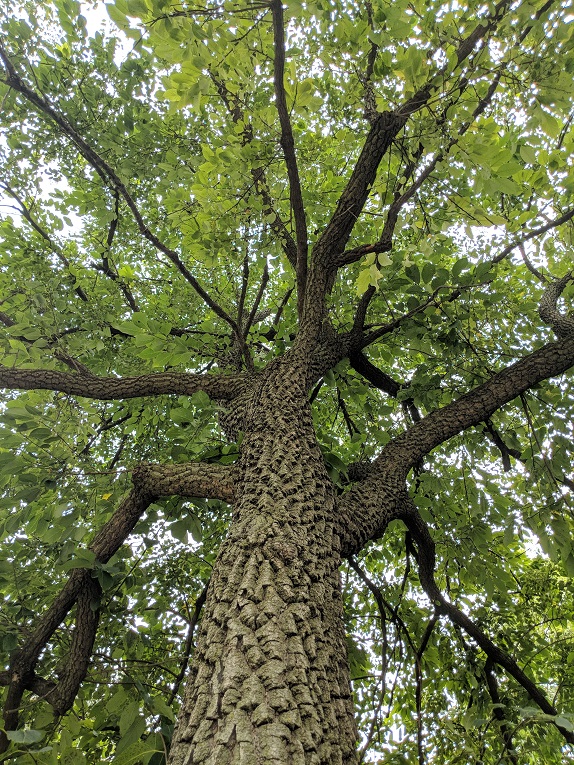
The “canopy” of a forest garden is a collection of mature, standard-size trees. Traditionally, conifer species like hemlock and cedar have been go-to canopy trees for forest gardens, but many newly created food forests utilize larger fruit and nut trees, like oak, pecan, pawpaw, persimmon, and walnut.
If you’re just starting out, planting fruit and nut trees may be your best bet, just make sure the species you choose are appropriate to your area and the site. Remember, some of your best choices will be native trees. It will take a few years before you can harvest from these trees, but the sooner you plant them, the better. Once full-grown, canopy trees may reach 12- to 18-feet tall, or taller.
(Quick tip: If you have questions about which tree species are most suitable to your conditions, reach out to your state forestry agency’s Urban and Community Forestry Program.)
Layer 2: Dwarf trees
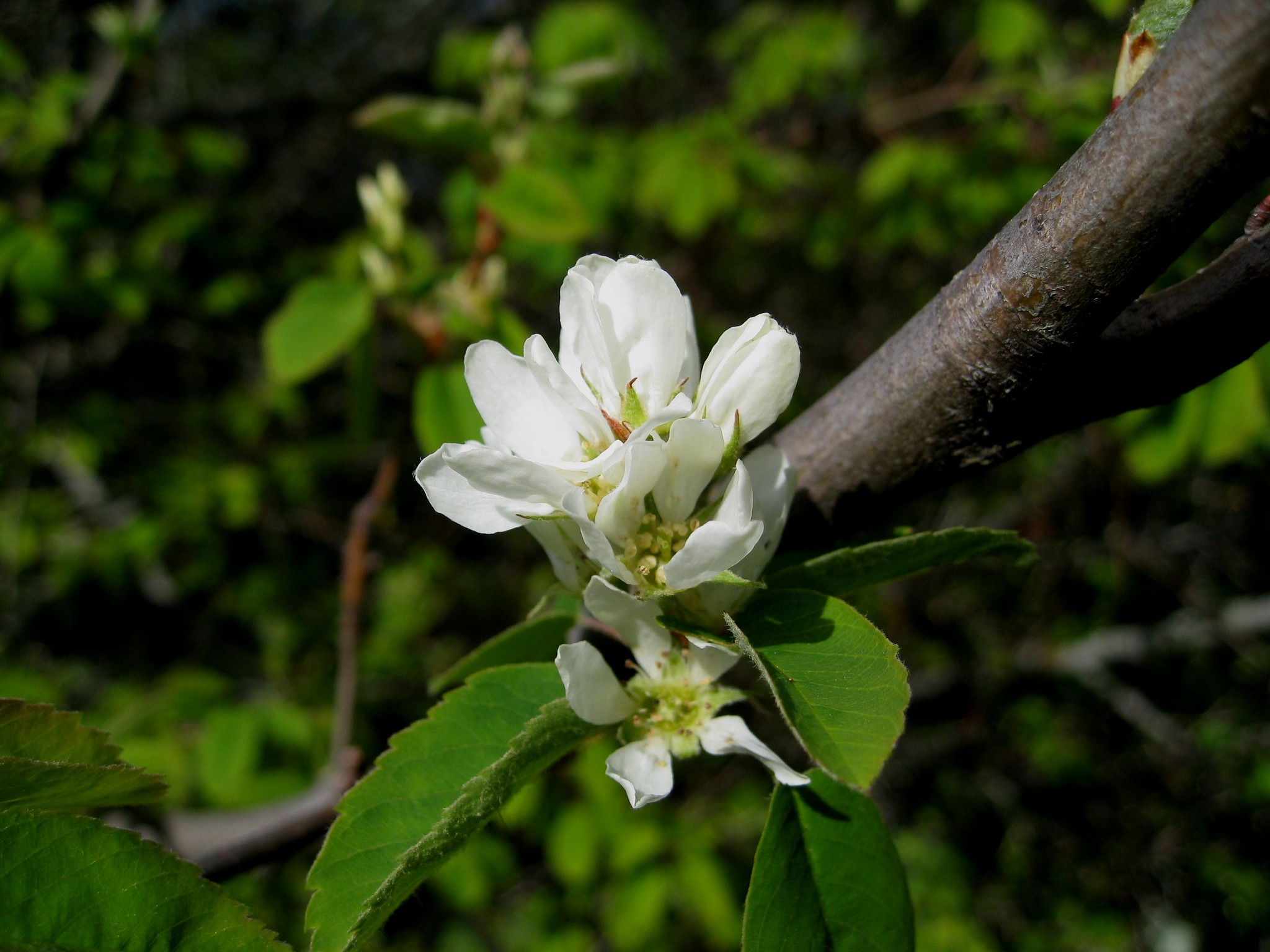
In the second layer of your food forest, plant dwarf or shorter selections of fruit and nut trees. Dwarf fruit trees, such as apples for instance, are grafted specimens, in which a strong producing top growth, called the scion, is grafted to strong root stock.
Dwarf apple, pear, cherry, and peach are good additions for your forest garden. Native plants, such as the fruit-bearing serviceberry and nut-bearing hazelnut (aka filbert) add edible beauty to this layer. (Quick tip: When selecting fruiting trees and shrubs, research if they need more than one plant to cross pollinate for good production. Some newer varieties are self-pollinating.)
Layer 3: The shrubs
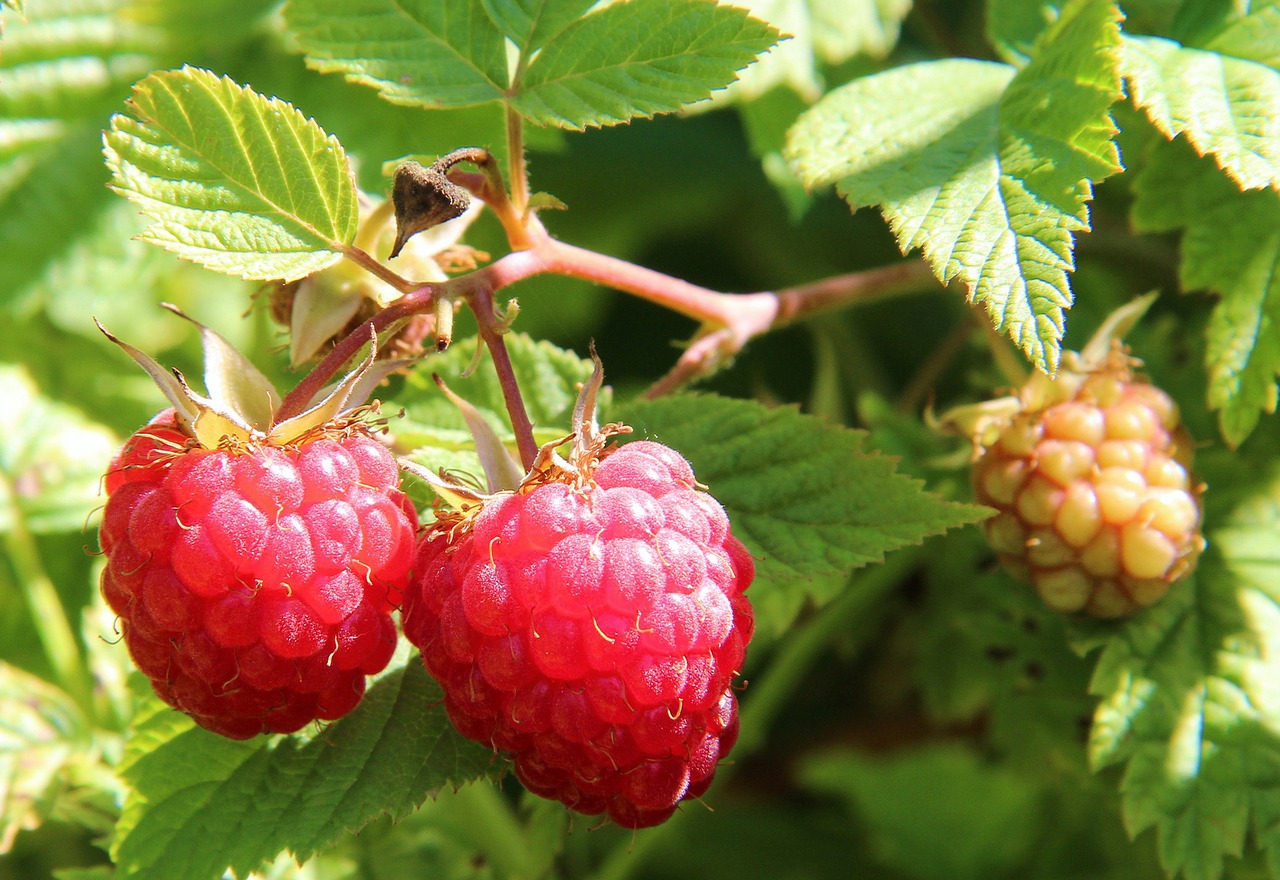
Layer #3 is where your berry-producing shrubs will live. Blueberry, raspberry, currants, chokeberry, and viburnum are among the plants that fill this layer with delightful fruits.
(Quick tip: Remember that wildlife is just as interested in your food forest as you are. Some trees and shrubs may need to be protected with netting or other barriers.)
Layer 4: Perennials
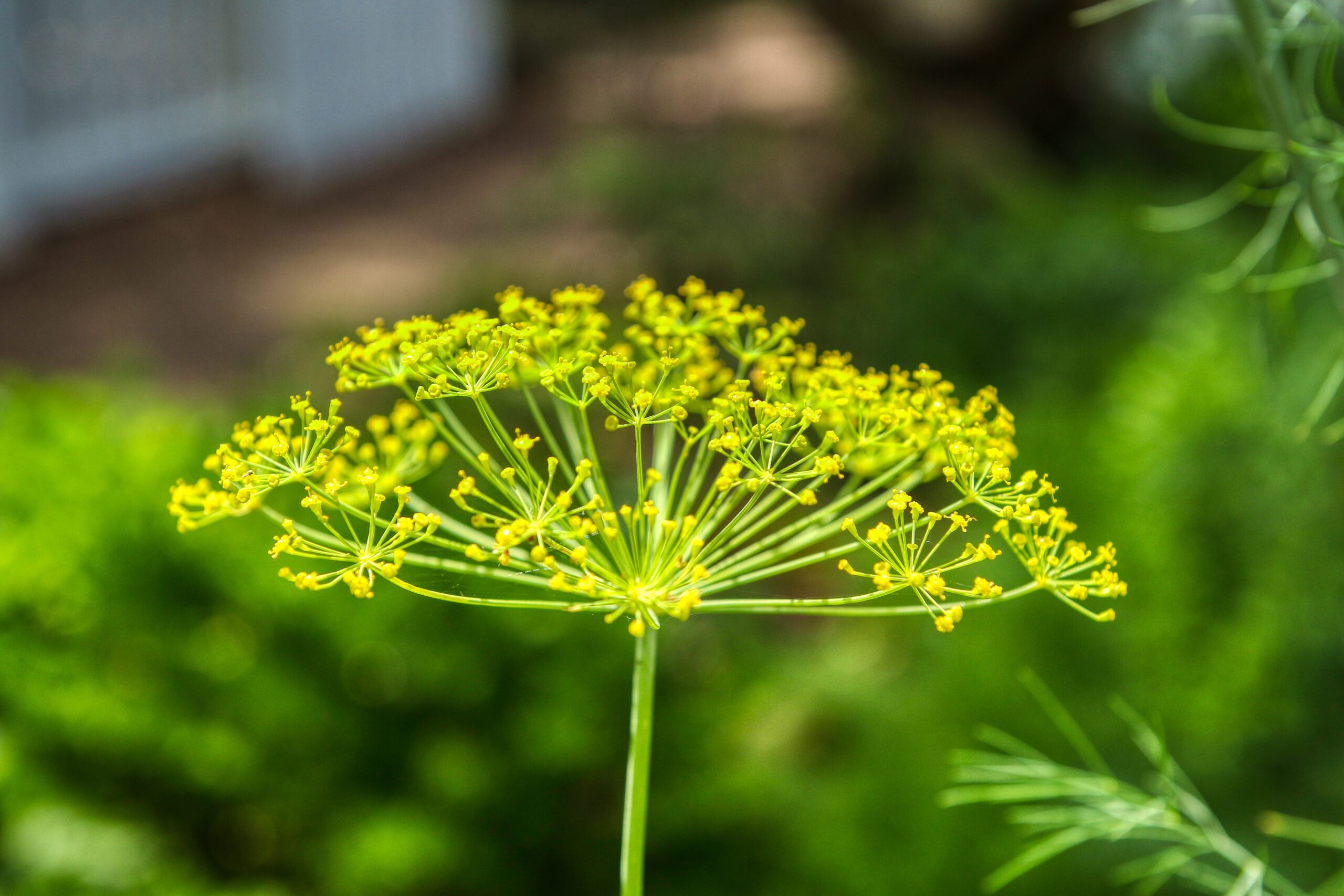
Technically called the “herbaceous layer,” next up in your forest-garden salad are perennial vegetables, such as rhubarb, sorrel, and horseradish. Perennial herbs, including thyme, comfrey, and oregano, are also great additions.
Annual herbs that self-sow like dill or borage satisfy pollinators and chefs without replanting every year. Flowering perennial plants with edible parts, such as daylilies, pansies, and violas, can also be added for color. (Quick tip: When foraging plants to eat, always make sure you have correctly identified the plant and edible parts. When in doubt, don’t take a bite.)
Layer 5: Roots and stems
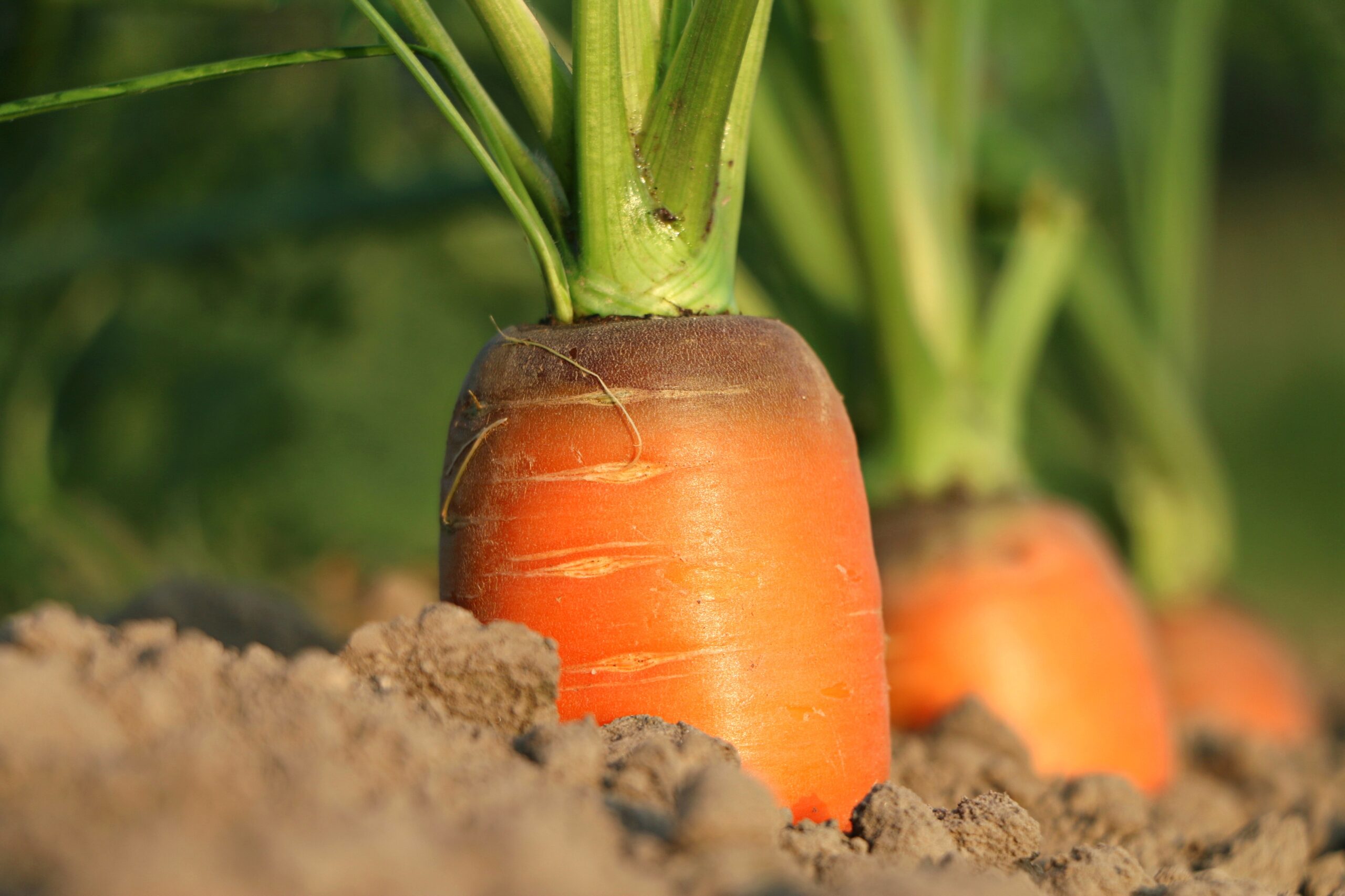
The edible parts of “root and stem” plants are underground. Carrot, parsnip, sunchoke, potato, sweet potato, onion, rhubarb, horseradish, Canadian ginger, and parsnip are examples of this layer. Most are planted and harvested annually.
(Quick tip: If you’re not familiar with growing these types of plants, you might consider reaching out to your local conservation district or university extension for cultivation tips.)
Layer 6: Ground cover
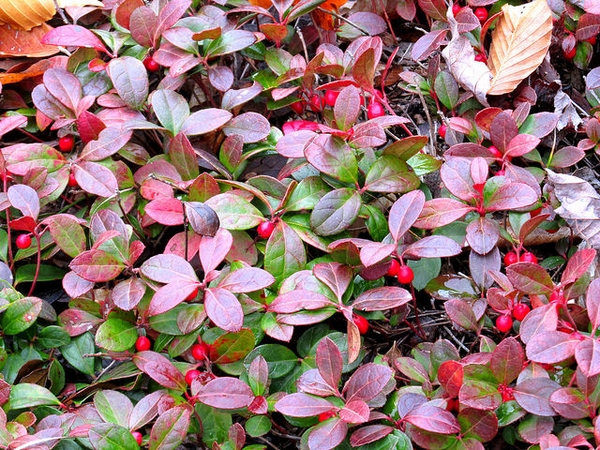
Some plants serve dual purposes in the forest garden. Canadian ginger (Asarum canadense) is one of them. The underground stems of this plant can be harvested and used in cooking. The tops cover the ground and protect the soil from erosion with attractive, dark green leaves.
Alpine strawberry is another edible ground cover. Wintergreen (Gaultheria procumbens), aka Eastern teaberry, is a native, evergreen, low growing shrub that serves the same purpose as well.
Layer 7: Climbers
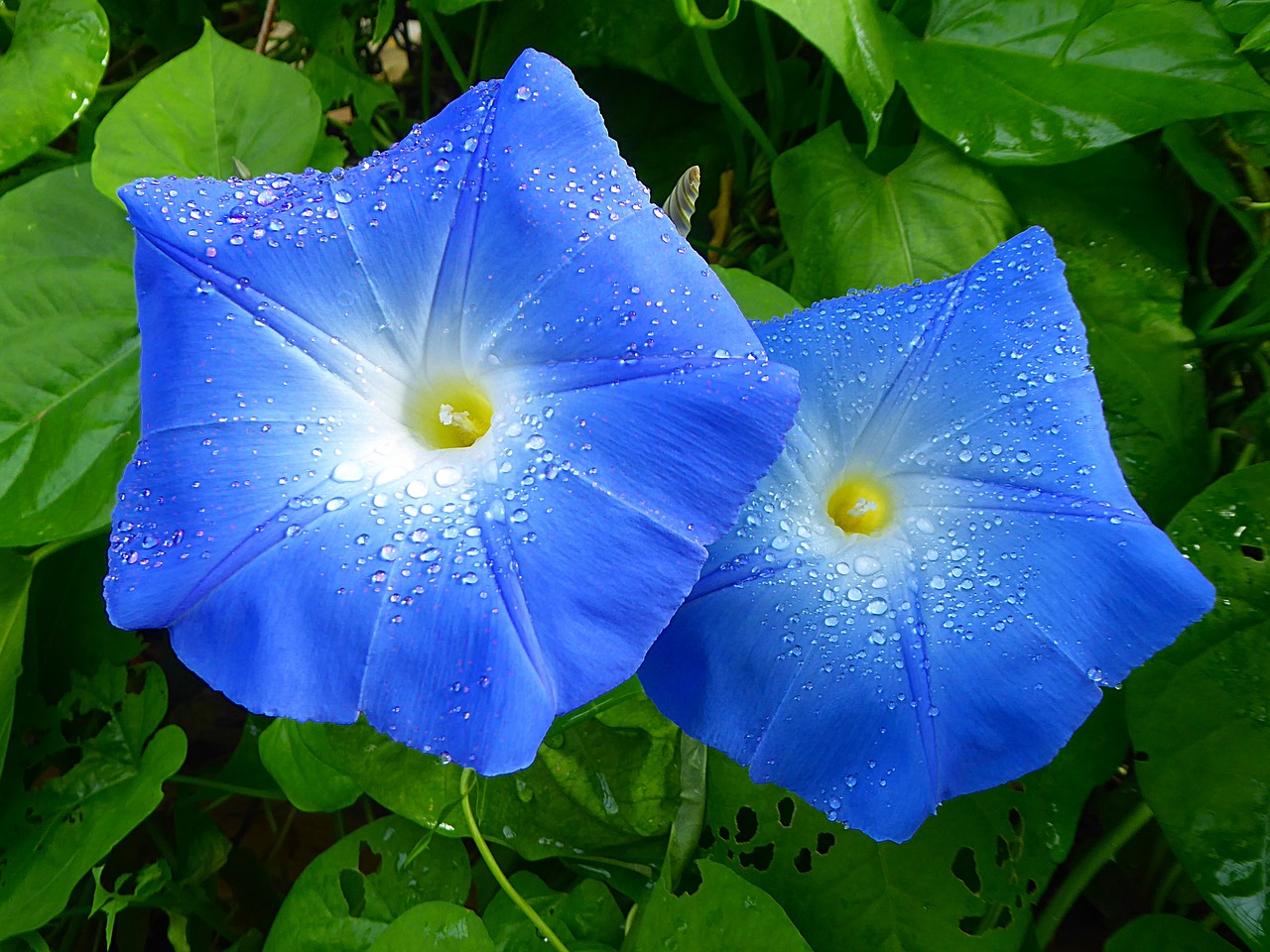
Edible plants that climb, including cucumbers, beans and peas, squash, and nasturtium, are the cherry-on-top for a backyard forest garden. You can train these plants to climb trees and shrubs, trellises, fences, or other fixtures.
Ornamental vines, such as clematis, morning glory, and Virginia creeper, could also be added to the mix. (Quick tip: Don’t forget to make sure the “climbers” you select are well-suited to your area and do not pose any threat as invasive species.)
Community-wide forest gardens
One way to achieve a modern forest garden is to work together with your neighborhood or community. A forest garden can be planted in conjunction with your neighbors or in public spaces; it doesn’t have to be a solo project. And if a food forest isn’t your bag, you can still actively manage your woodlot to provide food and shelter for wildlife.
Jo Ellen Meyers Sharp award-winning garden writer, editor, and speaker. (She speaks at libraries, garden clubs, public gardens, home and garden shows, Master Gardener groups, and horticulture industry events.) Known as a hortiholic, she frequently says her eyes are too big for her yard. She blogs at hoosiergardener.com.

